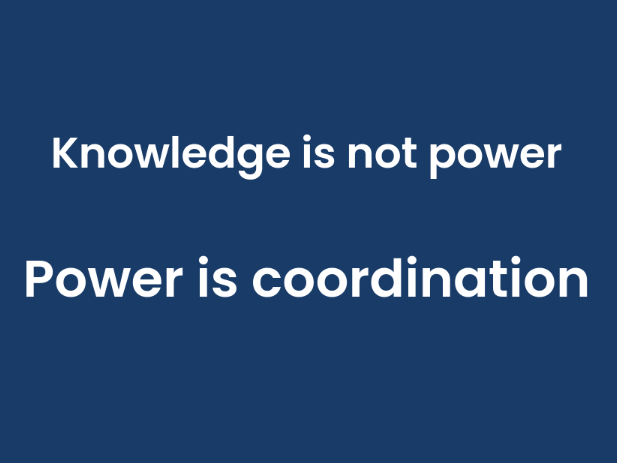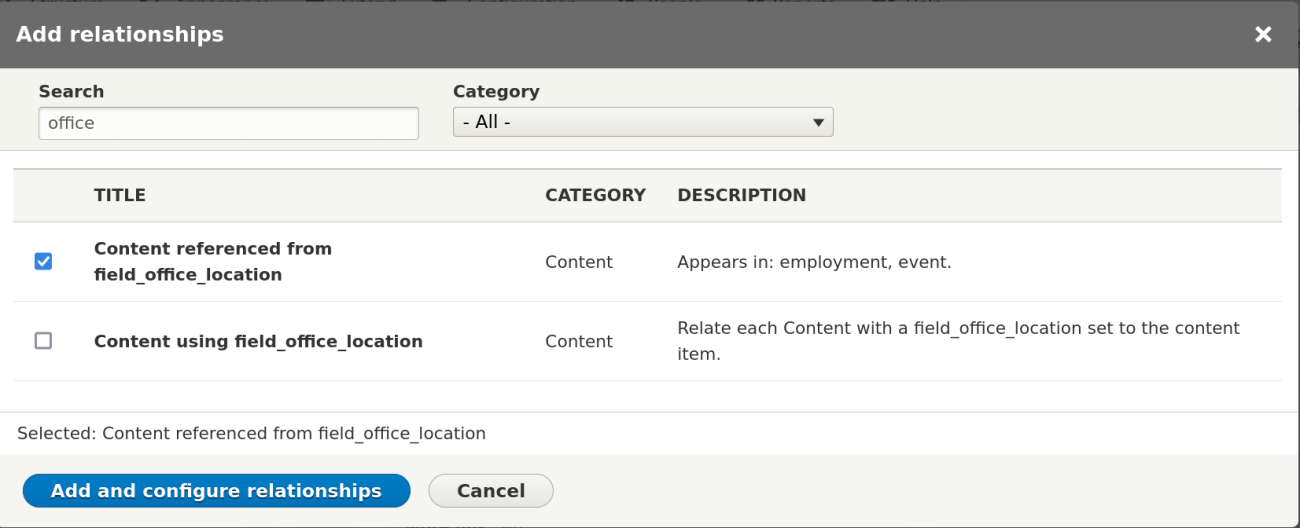First Annual May First People Link Membership Meeting
Congratulations to the new leadership committee for May First People Link!
In Chicago? Don't Have a DrupalCon Ticket Yet? But You're Reading This on a Weekend?
Update: Ticket taken. But if you want to come, please read below the fold.
See Permissions' Machine Names (and much more) with Xray Module for Drupal 7
With Drupal 7's third and final release candidate unleashed on us all this morning, it is long past time to help the #D7CX movement with a seasonal offering of our own.
+1 to Ending comment-to-subscribe on Drupal.org
As starving authors we at Agaric don't have a lot of cash to burn right now, but we've thrown $25 in the project to make it possible to subscribe to drupal.org issues without commenting. (On top of whatever we donated when this request for funding went out a year and a half ago).
Drupal Work Collectives
Agaric proposes the creation of a new kind of workplace, essentially a Drupal commune, but really more like an open source free software idea & brainstorming commune, kind of along the same lines as an artist's or writer's colony.
We're Writing a Book!
Yes it's true, for the past few months we've been hard at work with a lot of other co-authors on The Definitive Guide to Drupal 7.
Agaric Backs Community Coworking Center in NYC
Thinking it would be a great place to work a day or two while in New York City for clients or DrupalCamps, Agaric dropped a few dollars in the Kickstarter fund for New Work City: Community Coworking Center for Independents in NY.
Agaric Sponsors Modulecraft for the Building of Drupal Shared business, Development, and Training Tools
For community shared business, development, and training tools, Agaric throws a little sponsorship at modulecraft.
Agaric Provides Very Minor Assist in Readying Insert Module for Drupal 7
Benjamin Melançon of Agaric helped with a patch for the Drupal 7 version of Insert module.
Agaric?
What the word agaric means and why Agaric took it for our cooperative's name.
Designed to Life
Functionality designed to your life is the Agaric Design signature. Utilizing open source, free software from around the world, Agaric Design websites are impeccably crafted with a modern, sophisticated and understated spirit.
The Story on Agaric
I've always had a passion for good design and healthy coding, even back in the days of owning a web site cart in downtown Natick. Back then, my business partner and I made all natural HTML roll-up web sites and, as an incentive for customers to wait in line, we baked Drupal into different flavored designs.
Wendy is an Industrial Engineer turned web developer. She is an experienced WordPress engineer. Among her projects are online education platforms and multilingual sites. She volunteers at her local WordPress community and has presented at a couple of WordCamps.
Sign up to be notified when Agaric gives a migration training:

Scaling Community Conversations and Decisions
presentation @ FluConf 2025
Agaric is also offering full-day trainings for these topics later this month. Dates, prices, more details, and registration options:
Thanks for signing up to hear from Agaric on matters involving movements for justice and liberty!

Pagination
- Previous page
- Page 10
- Next page

